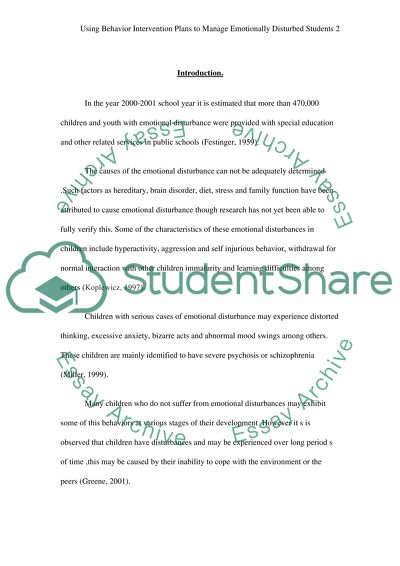Cite this document
(“Behavior Intervention Plan Research Paper Example | Topics and Well Written Essays - 2000 words”, n.d.)
Retrieved from https://studentshare.org/psychology/1516709-behavior-intervention-plan-research-paper
Retrieved from https://studentshare.org/psychology/1516709-behavior-intervention-plan-research-paper
(Behavior Intervention Plan Research Paper Example | Topics and Well Written Essays - 2000 Words)
https://studentshare.org/psychology/1516709-behavior-intervention-plan-research-paper.
https://studentshare.org/psychology/1516709-behavior-intervention-plan-research-paper.
“Behavior Intervention Plan Research Paper Example | Topics and Well Written Essays - 2000 Words”, n.d. https://studentshare.org/psychology/1516709-behavior-intervention-plan-research-paper.


